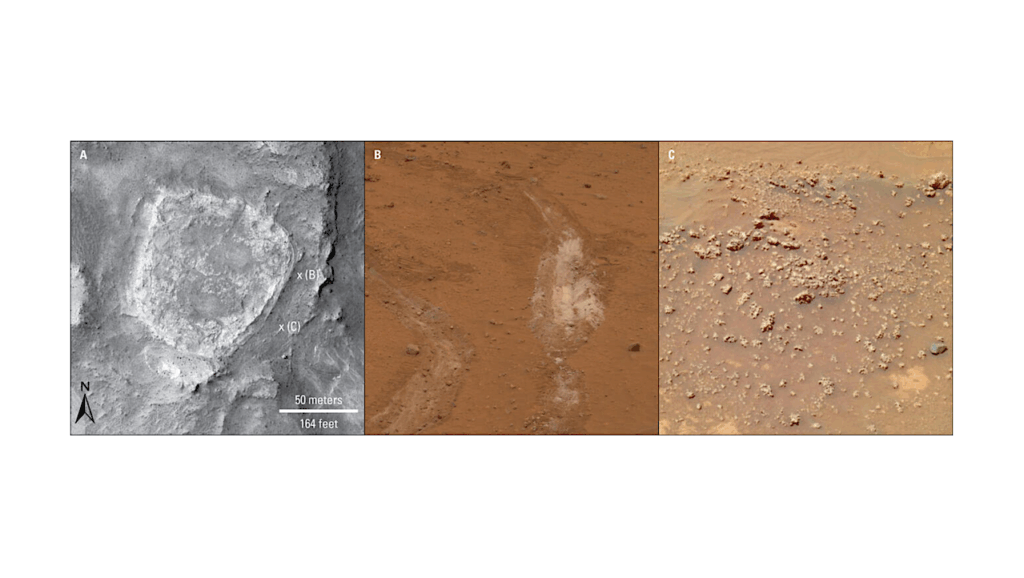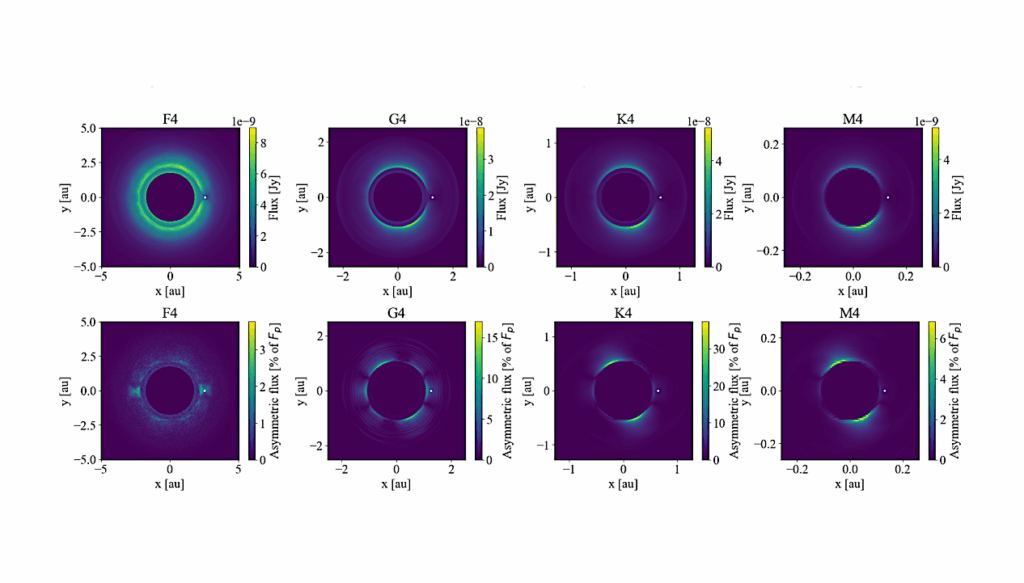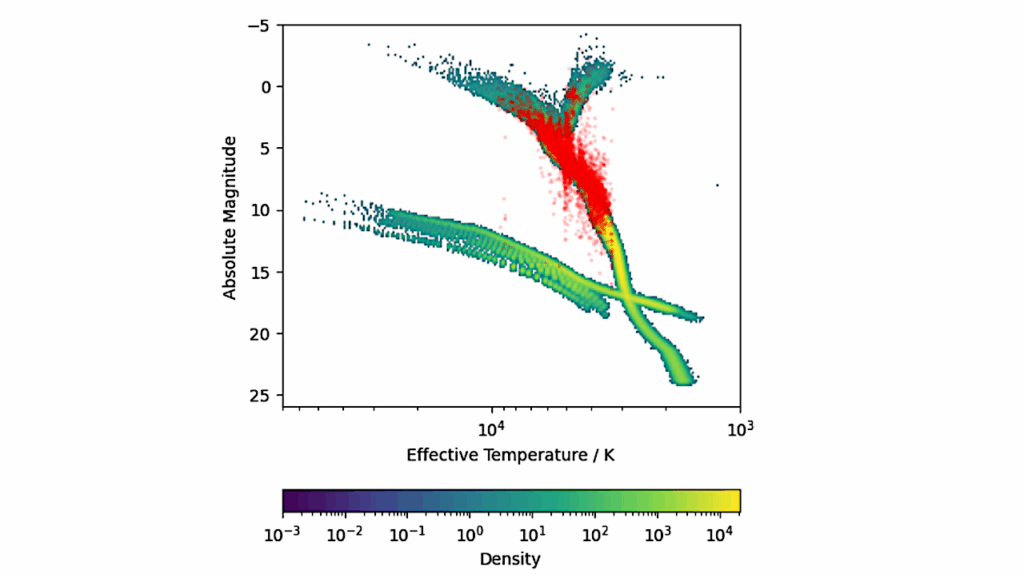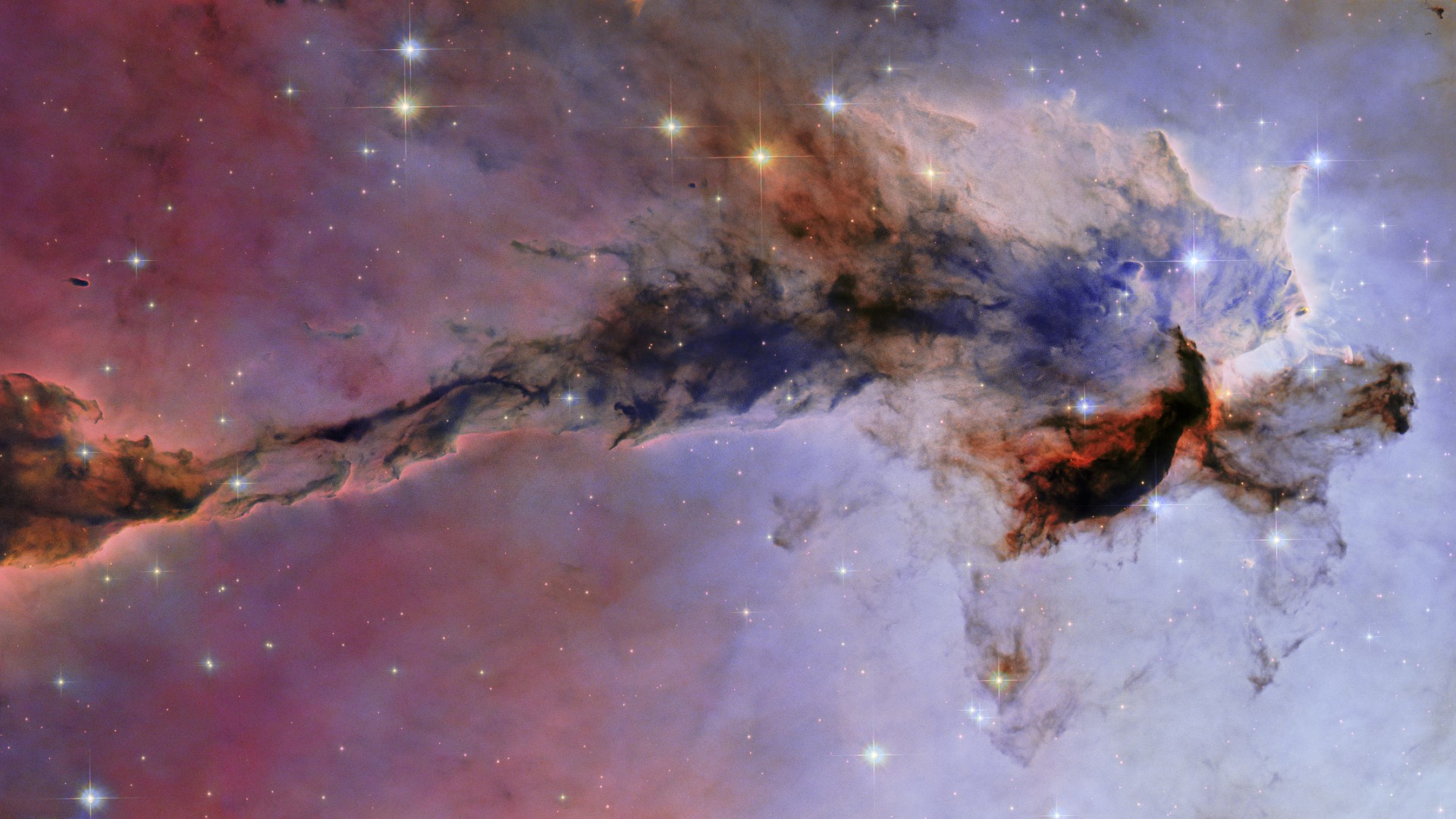Now Reading: Revision of the Structure of Scytonemin Imine and Its Relationship to Scytonemin: Chromism and Implications for Astrobiology and Cyanobacterial Adaptability
-
01
Revision of the Structure of Scytonemin Imine and Its Relationship to Scytonemin: Chromism and Implications for Astrobiology and Cyanobacterial Adaptability
Revision of the Structure of Scytonemin Imine and Its Relationship to Scytonemin: Chromism and Implications for Astrobiology and Cyanobacterial Adaptability
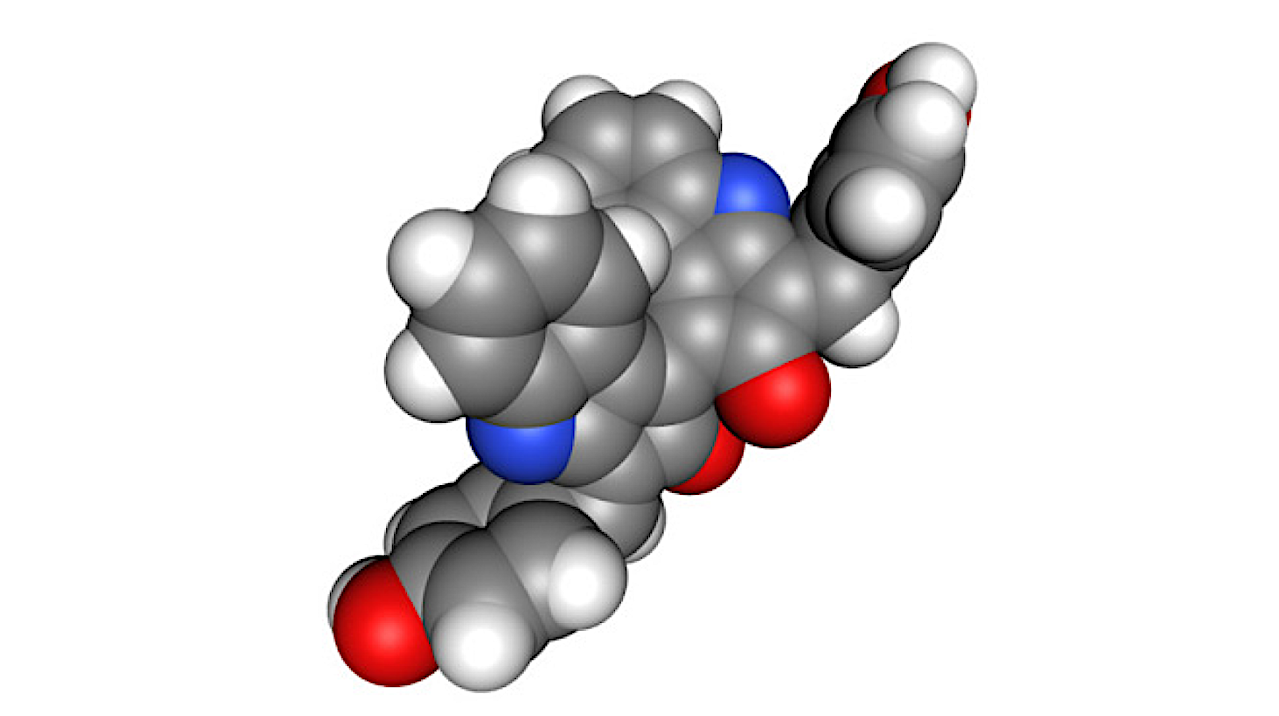

Scytonemin structure – Wikipedia
Scytonemin, a UV-protective pigment produced by cyanobacteria, is essential for microbial survival under extreme solar radiation.
Recent studies suggest its structural analog, scytonemin imine, may serve as a biosynthetic marker for cyanobacteria exposed to intense light. Here, we present a structural revision, revealing scytonemin imine as a cyclic hydropyrrolo[2,3-b] indole, rather than the previously proposed primary imine.
This reassignment is supported by 1D and 2D NMR, Q-TOF mass spectrometry, confirmatory synthesis, and DFT calculations. Our synthesis demonstrates that scytonemin converts to scytonemin imine under mild conditions-ammonia and acetone exposure-suggesting the imine adduct is likely an artifact of isolation.
However, our findings also indicate that this artifact may reveal a previously unrecognized in-vivo state of scytonemin, which is released upon condensation with acetone. This reactivity uncovers a new chromism within the scytonemin scaffold, supporting the idea that biogenic scytonemin analogs may filter visible light to regulate photosynthesis and protect against ROS-mediated photodamage during high light exposure or desiccation.
This chromatic transformation highlights scytonemin’s structural adaptability, offering insight into its role as a protective pigment in ancient and modern cyanobacteria and its relevance for understanding microbial adaptation to extreme environments.
Astrobiology
Stay Informed With the Latest & Most Important News
Previous Post
Next Post
-
 012024 in Review: Highlights from NASA in Silicon Valley
012024 in Review: Highlights from NASA in Silicon Valley -
 02Panasonic Leica Summilux DG 15mm f/1.7 ASPH review
02Panasonic Leica Summilux DG 15mm f/1.7 ASPH review -
 03How New NASA, India Earth Satellite NISAR Will See Earth
03How New NASA, India Earth Satellite NISAR Will See Earth -
 04And Thus Begins A New Year For Life On Earth
04And Thus Begins A New Year For Life On Earth -
 05Astronomy Activation Ambassadors: A New Era
05Astronomy Activation Ambassadors: A New Era -
06SpaceX launch surge helps set new global launch record in 2024
-
 07Space Force plans new ‘Futures Command’ amid pressure to speed up modernization
07Space Force plans new ‘Futures Command’ amid pressure to speed up modernization













